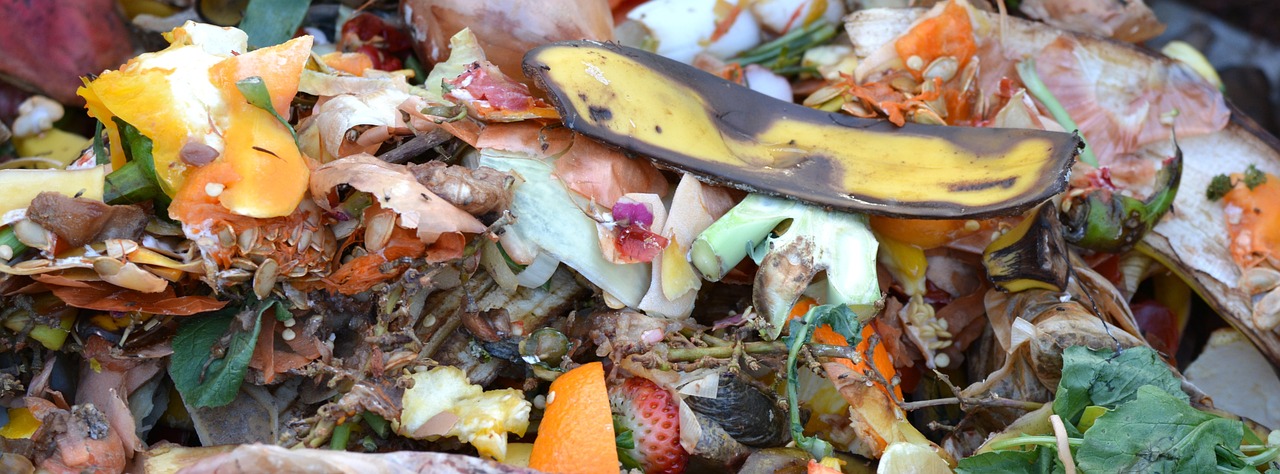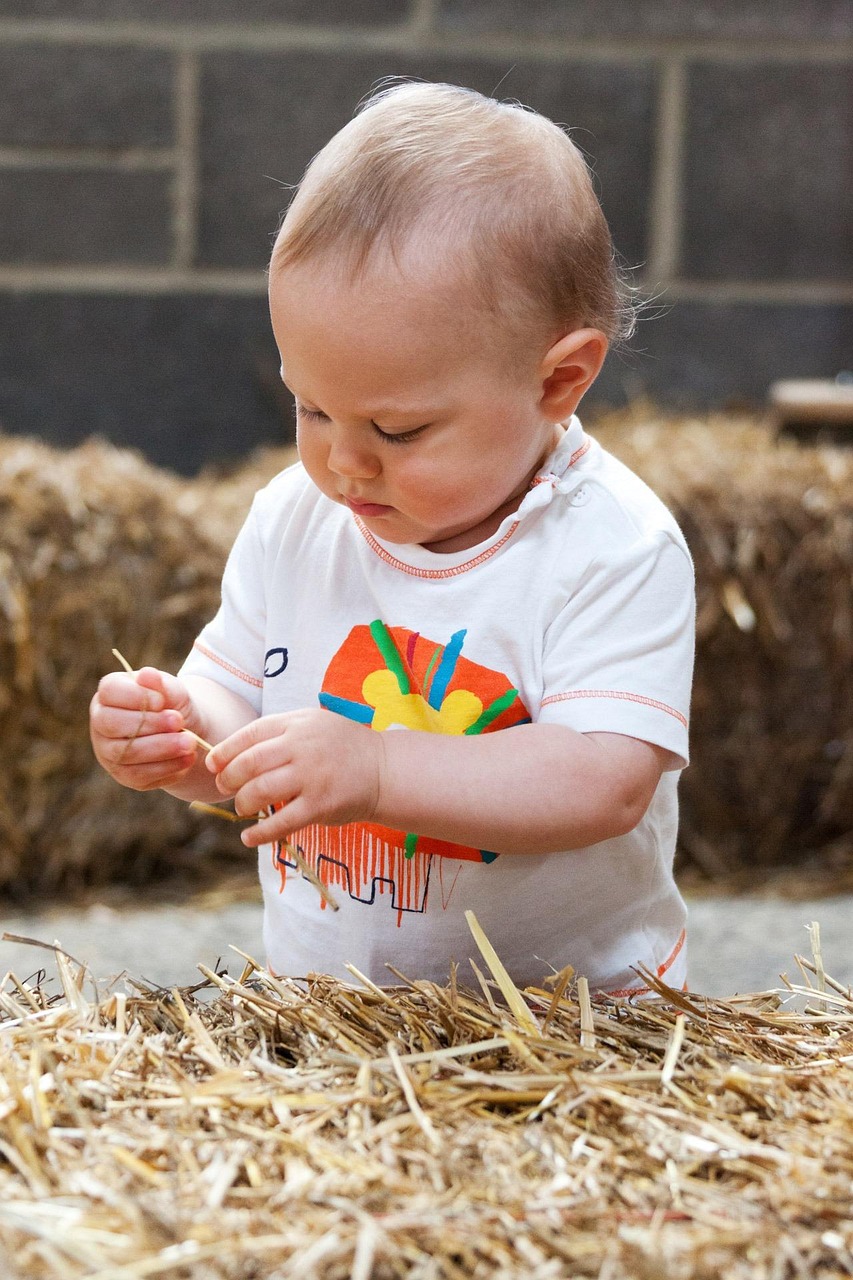Composting is an eco-friendly way to reduce waste, nourish your garden, and contribute to a healthier planet. Even if you’re short on space, starting a compost bin at home is simpler than you think. Whether you live in an apartment or have a sprawling backyard, these tips will help you turn kitchen scraps into nutrient-rich compost.
1. Choose Your Composting Method
The right method depends on your space and lifestyle. Here are a few beginner-friendly options:
- Outdoor Compost Bin: Perfect for backyards, these bins can handle larger amounts of organic waste.
- Indoor Compost Bin: Compact and odor-controlled, ideal for apartments.
- Worm Composting (Vermicomposting): Uses worms to break down scraps quickly, great for small spaces.
- Compost Tumblers: Easy to use and speed up the decomposition process, suitable for patios or gardens.
2. Select the Right Bin
Your compost bin is the foundation of your setup. Consider these options:
- Store-Bought Bins: Look for ones with aeration holes and a secure lid.
- DIY Bins: Use a plastic storage container or wooden crate with drilled holes for airflow.
- Countertop Bins: Small, odor-resistant containers for temporary kitchen scrap storage.
3. Know What to Compost
Composting requires a balance of two types of materials:
- Greens (Nitrogen-Rich): Fruit peels, vegetable scraps, coffee grounds, and grass clippings.
- Browns (Carbon-Rich): Dry leaves, cardboard, shredded paper, and sawdust.
Avoid composting meat, dairy, oily foods, or synthetic materials, as these can attract pests or slow decomposition.
4. Find the Perfect Spot
Location is key for efficient composting:
- Outdoor Bin: Place it in a sunny or partially shaded area with good drainage.
- Indoor Bin: Keep it in your kitchen, balcony, or utility room where it’s easy to access.
Ensure the bin is convenient yet out of the way, so it doesn’t interfere with your living space.
5. Layer Your Compost Properly
Layering your compost helps maintain the right balance of moisture and airflow:
- Start with a layer of browns (e.g., dry leaves or shredded paper).
- Add a layer of greens (e.g., vegetable scraps or coffee grounds).
- Alternate layers, keeping a 2:1 ratio of browns to greens.
Pro Tip: Sprinkle some garden soil or finished compost between layers to introduce beneficial microbes.
6. Maintain Your Compost Bin
Proper maintenance ensures that your compost breaks down efficiently:
- Turn the Pile: Stir or aerate your compost weekly to speed up decomposition and prevent odors.
- Check Moisture: Compost should feel like a wrung-out sponge. Add water if it’s too dry or browns if it’s too wet.
- Monitor Temperature: A hot compost pile decomposes faster. If it feels cool, add more greens or turn the pile more frequently.
7. Harvest Your Compost
Compost is ready to use when it’s dark, crumbly, and has an earthy smell. Here’s how to harvest it:
- Outdoor Bins: Scoop out the finished compost from the bottom of the pile.
- Indoor Bins: Use a sieve to separate compost from any larger, unbroken-down materials.
- Vermicomposting: Gently remove worms from the finished compost and return them to the bin.
8. Use Your Compost
Your compost is a powerhouse for gardening and beyond:
- Gardens: Mix into the soil to improve fertility and structure.
- Potted Plants: Add to houseplants for a natural fertilizer.
- Lawn Top Dressing: Spread thin layers over your lawn for lush, healthy grass.
Pro Tip: Share extra compost with neighbors or local community gardens.
DIY Project: Make a Simple Indoor Compost Bin
Want to start composting but have limited space? Try this easy project:
Materials:
- A medium-sized plastic storage container with a lid.
- A drill for ventilation holes.
- A tray or pan to catch drips.
Instructions:
- Drill small holes in the lid and sides for airflow.
- Place the container on a tray to catch excess moisture.
- Layer browns and greens as you collect scraps.
- Stir weekly and monitor moisture.
Frequently Asked Questions About Composting
Can I Compost in an Apartment?
Yes! Indoor bins or vermicomposting are excellent for small spaces.
How Long Does Composting Take?
Typically 2–6 months, depending on materials, temperature, and maintenance.
What If My Compost Smells?
Odors usually mean too many greens. Add more browns and aerate the bin.
Conclusion
Starting a compost bin at home, even in small spaces, is a rewarding and sustainable way to reduce waste and nourish your plants. With the right setup and regular maintenance, you’ll have rich, homemade compost in no time.
Call to Action:
Ready to start composting? Share your experiences in the comments or ask questions to get started. Don’t forget to subscribe for more eco-friendly living tips!




Leave a Reply